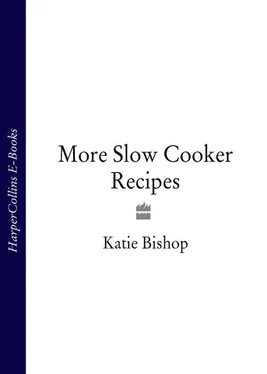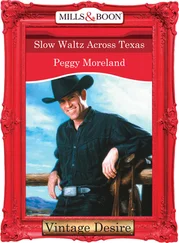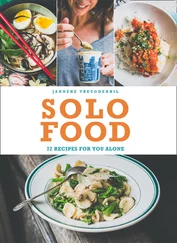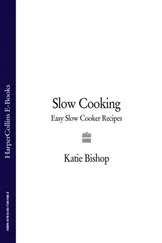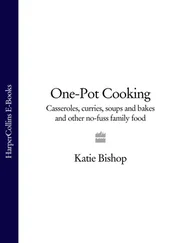Defrost any frozen foods thoroughly in the fridge before reheating. Never reheat food in your slow cookeras it will not reach a safe temperature for long enough. Cooked foods should be reheated on the hob, in a microwave or in a conventional oven until piping hot. The hot food can then be placed in a preheated slow cooker to keep it hot for serving, if you wish.
Never use frozen ingredientsin your slow cooker. The heat in your slow cooker is likely to be unevenly distributed, which could result in some ingredients not reaching a safe and hygienic temperature. It would also create a lot of excess liquid, which a slow cooker is ill-equipped to get rid of.
The ceramic insert in a slow cooker can crack if exposed to sudden temperature changes,so it’s a good idea not to put a ceramic slow cooker dish into a preheated base straight from the fridge. Equally avoid putting a hot slow cooker dish directly onto a cold surface, even if that surface is heatproof.
Your slow cooker will cope admirably if you throw some ingredients in and leave it to its own devices. However, when cooking with meat and vegetables, and if you have plenty of time, you might like to brownthem first. This will give the dish extra colour as well as flavour. In addition, it will render fattier cuts of meat, removing some excess fat, which is healthier for us and can also result in a better dish. In my recipes, however, I am always conscious of saving time, so I only include browning if it makes a significant difference to the finished dish.
For more even cooking, trim excess fatfrom meats, as high-fat foods cook more quickly than other ingredients, such as vegetables. If you’re making a recipe with both meat and root vegetables, it is often a good idea to make a bed of vegetables on the bottom of the dish and place the meat on top, so that it cooks evenly. Saying that, foods high in fat aren’t necessarily a bad thing for slow cooking. This ‘good’ fat comes from intramuscular fat running through certain cuts of meat, as opposed to the layer of fat on the surface of meat. For more information see the specific advice on meat ( see here).
Slow cooking does not allow for the evaporation that occurs in other cooking methods, so it is advisable to reduce the amount of liquidyou would usually use in conventional recipes. You can usually do this by up to 50 per cent, although as a general rule of thumb I use about one-third less liquid than in my conventional recipes. If you want a thicker, less watery sauce try removing the lid and increasing the setting to high to allow for some of the excess to evaporate. Alternatively, transfer the sauce to a saucepan and boil over a high heat for a much faster reduction method. You could also sprinkle a little plain flour over the ingredients in the slow cooker dish before cooking to achieve a thicker sauce.
Bakingin a slow cooker defies many regular rules, but it is possible. I either grease and line the slow cooker dish thoroughly with butter and baking parchment or use an ovenproof dish or dishes and use the slow cooker as a water bath (also called a bain marie ). Both methods work well and are suited to light cakes and sponges, and especially custards and similar dishes. Please see herefor more guidance on cooking with dairy products. Your manufacturer’s instructions will also give you a further indication of your machine’s suitability for baking. In most cases you will need to preheat the slow cooker and may need to cook on high if you are using raising agents. Check individual recipes for specific guidelines.
Personal preference and differences in slow cooker models will always create variations in cooking times and temperatures. However, most recipes can be adaptedfor slow cooking. Simply follow the guidelines above and cook until tender. As a basic rule of thumb, a recipe that cooks for 1½–2 hours on the hob will probably take about 4 hours on high in the slow cooker. This would translate to 8 hours on the low setting. I generally prefer cooking on the low setting (unless baking, when I need a higher temperature to make things rise), as I feel the longer time period coaxes out even more flavour from the ingredients. It also ensures more even, thorough cooking.
You can cook almost anything in a slow cooker, but for the best results choose the right ingredients. At its most basic, every good stew or casserole includes one or more of the flavour-enhancing ingredients, such as onions, shallots, leeks or celery, and maybe a selection of root vegetables, perhaps floury potatoes, turnips, swedes, parsnips or carrots.
When it comes to meat,even the most coarse cuts of meat can be transformed into meltingly soft, flavoursome delights! All you need is time and a few additional ingredients and the magic of slow cooking will do the rest.
To get the most from any cut of meat it must be ‘fit for purpose’ or cooked appropriately. Lean, fine-grained cuts respond well to fast, high-temperature cooking, while tougher cuts with more connective tissue need long, slow cooking to make them tender.
For me, knowing how to use and get the best from a whole carcass is something that every carnivorous cook should know about. You’ll get the best, most varied eating experience, but vitally it makes the best economic sense – for cooks, butchers and farmers alike.
Generally the slow cook cuts come from the parts of the animal that have to work the hardest – the forequarter (neck, belly, shoulders) and the legs. These tough, sinewy muscles will taste dreadful if they are not cooked correctly, but so too would the finest fillet of beef. Using a moist method of cooking, or cooking these cuts in some well-seasoned liquid – whether it is stock, wine or even water – will work wonders. The liquid will encourage the muscles to relax their tough structure, and the gelatine that this process produces will, in turn, flavour the liquid to make wonderful gravy. Not only do these cuts present tremendous value for money, but they also taste great. It is also worth considering that cuts labelled ‘stewing’ will usually take longer to tenderise than those labelled ‘braising’.
Dried beansstill need to be soaked overnight before slow cooking. Dried red kidney beans must also be boiled for at least 10 minutes and drained before cooking to remove their dangerous toxins. Other pulses – such as lentils and canned beans – can be used directly, but will break up with a very extended period of cooking.
Pasta and riceshould be added to moist, saucy recipes in the slow cooker about 30–50 minutes before the end of cooking. Baked pasta and risotto dishes also work very well (see Easy Mushroom and Parma Ham Lasagneand Tomato and Rocket Risottofor some great ideas).
Dairyproducts such as milk, cheese, cream and yoghurt tend to break down in the slow cooker after prolonged cooking (over 6 hours). However, they can be used either for a shorter period of time or stirred in at the end (the last hour) of cooking to finish a dish.
Spinach and Lentil Soup

PREPARATION TIME:15 MINUTES
COOKING TIME:3–4 HOURS
SERVES4

This colourful, hearty soup is packed with flavour. You can use either chicken or vegetarian stock.
Читать дальше
